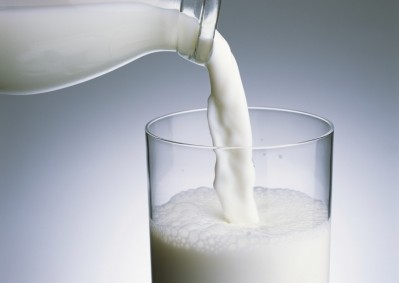Scientists claim high omega-3 retention rates in popular cheeses
The authors described worldwide interest in fortifying foods with omega-3 (primarily bread, dairy, pasta and infant meals) as “phenomenal”, but said the main challenge in producing such products was the stability of fish oil sources of the fatty acids.
“When this nutrient is quite low in the product, or other ingredients in large amounts are masking the off-flavours generated, the addition of fish oil is almost imperceptible,” Bermúdez-Aguirre and Barbosa-Cánovas from Washington State University wrote.
“However, because of the highly unsaturated degree of fish oil, oxidation occurs quickly in the product generating undesirable flavours.”
Identifying dairy products as good candidates for omega-3 fortification – due to high consumption frequency and storage under refrigeration – the authors evaluated the incorporation of flaxseed oil and microencapsulated fish oil into cheese.
Consequently, they fortified quesco fresco, cheddar and mozzarella with omega-3 from flaxseed oil (FO) and microencapsulated fish oil (MFO) at specific stages in the cheese making processes.
The authors also assessed the effect on the physico-chemical and sensory quality of the three cheeses, and assessed their microbial qualities during refrigerated storage.
Sensory analysis of the cheeses was also conducted by 240 students, faculty members and staff from Washington State University, with participants asked to rank all three cheeses (control, fish- and flaxseed oil variants) as regards colour, aroma and flavour.
The scientists wrote: “Even though there were some differences in texture and physicochemical changes [increased hardness, chewiness, guminess in Cheddar for instance] sensory evaluation yielded good scores for the fortified cheeses, especially those with omega-3 from a vegetable source.”
Cheddar was found to offer the highest omega-3 retention rate (8.69mg/g MFO; 5.08mg/g FO) when the oils were added during salting, with 50-100g sufficient to provide the RDA of omega-3 needed in diets to prevent cardiovascular disease.
Bermúdez-Aguirre and Barbosa-Cánovas concluded: “It would appear that omega-3 could be easily incorporated into products such as cheese to provide adequate intake of this nutrient in the consumer’s diet on a daily basis,”
Title: ‘Quality of selected cheeses fortified with vegetable and animal sources of omega-3’
Authors: Daniela Bermúdez-Aguirre, Gustavo V. Barbosa-Cánovas
Source: LWT – Food Science and Technology, doi:10.1016/j.lwt/2011/01/023













